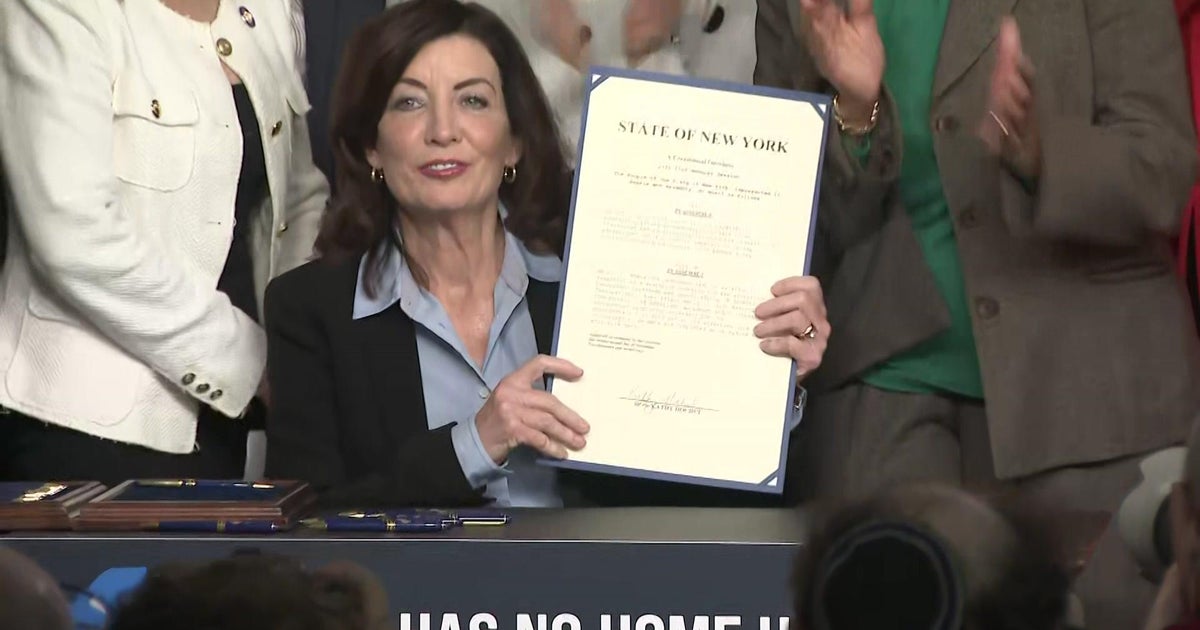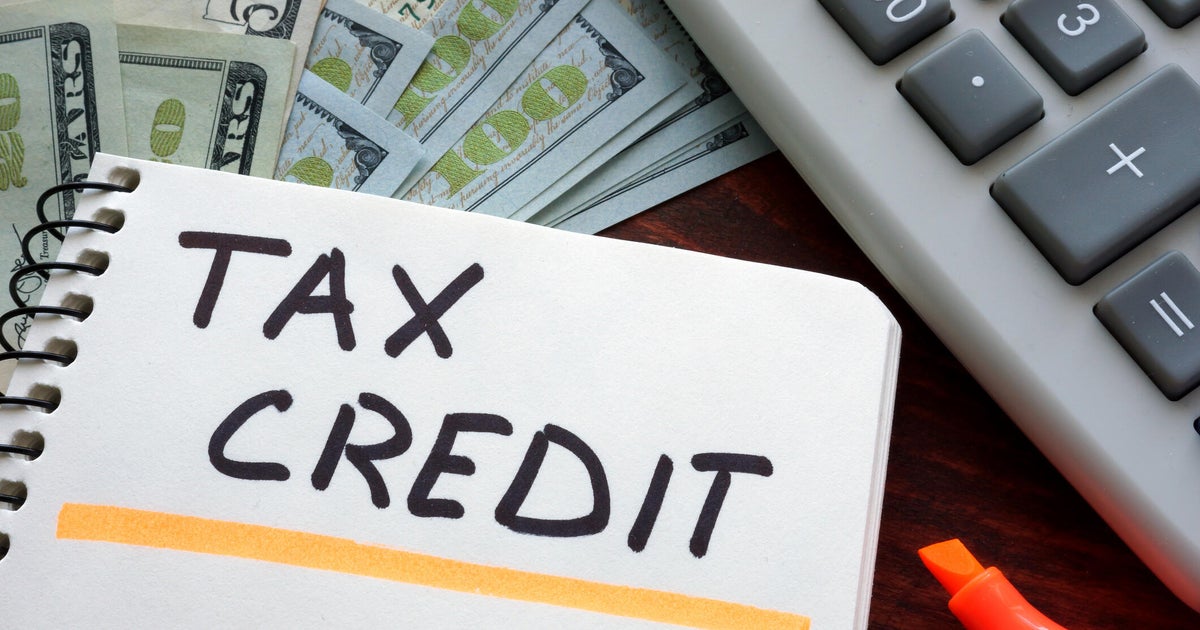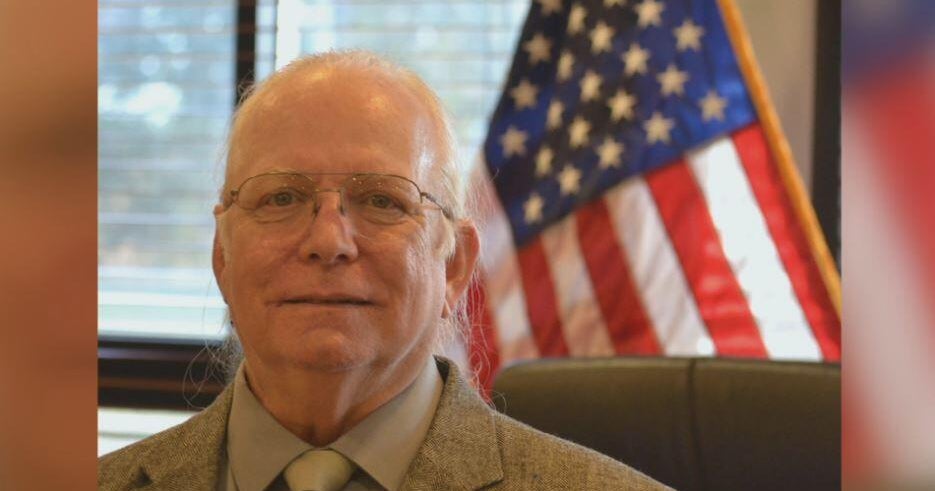Q&A: A Look At Jobless Aid Set To Expire
(UNDATED) -- Nearly 2 million Americans will stop getting unemployment checks next month -- unless Congress votes to renew extended jobless benefits by Nov. 30. Here's a guide to unemployed benefits and the looming aid cutoff.
Q: Who qualifies for unemployment benefits?
A: People who lose their jobs through no fault or choice of their own. Workers who resign voluntarily or who lose their jobs for poor performance or misconduct don't qualify. States run the programs under federal guidelines and also apply their own rules for eligibility. Laid-off workers also must meet certain income requirements set by the states. That can make it hard for census and other temporary workers to qualify. The unemployed receive benefits from the state where they worked even if they live somewhere else.
Q: How big are the unemployment checks?
A: The average weekly payment is $302.90. But it ranges from a low of $118.82 in Puerto Rico to a high of $419.53 in Hawaii. Each state sets the amount of an unemployed worker's check through a formula meant to replace a portion of the old income. Nationwide, the average check replaced 46.9 percent of a jobless worker's old pay, according to government data.
Q: What are extended unemployment benefits?
A: Traditional state jobless benefits run up to 26 weeks. But the jobless can receive unemployment checks longer through two separate programs:
---- A permanent federal-state program, called Extended Benefits (EB). It offers 13 more weeks of aid in states whose jobless rate is at least 6.5 percent, plus seven more weeks in states where joblessness is at least 8 percent. Ordinarily, the federal government splits the cost of the EB program with the states. But the federal government has paid the entire bill since 2009.
---- A temporary Emergency Unemployment Compensation (EUC) program that Congress created in 2008. It provides up to 53 weeks of additional benefits -- 34 weeks in all states, 13 weeks in states with unemployment rates between 6 percent and 8.5 percent and six more weeks in states where unemployment is at least 8.5 percent.
All told -- 26 weeks of regular unemployment, up to 20 weeks of EB and up to 53 weeks of EUC -- the unemployed can receive up to 99 weeks of benefits.
In the first week of this year, more than 12 million people were receiving unemployment benefits -- the most since Labor Department records began in 1986. About half were on the regular 26-week program, about half on an extended-aid program.
Q: What happens if Congress lets the extended benefits expire Dec. 1?
A: Once their 26 weeks of state aid expire, the jobless will either be cut off or moved into the extended benefits program, depending on their state.
The jobless who are receiving checks through the EUC program will see those benefits phased out. After that, they'll lose all benefits or in some states will enter the Extended Benefits program for additional weeks of benefits.
According to a count by the National Employment Law Project, 26 states will phase out extended benefits between Dec. 4 and Jan. 1. Ten states guarantee extended benefits when unemployment is high, no matter what Congress does. They are Alaska, Connecticut, Kansas, Minnesota, New Jersey, New Mexico, North Carolina, Oregon, Rhode Island and Washington state.
Regardless, the impact of a cutoff would be swift: The Labor Department estimates 635,000 would be cut off the week that ends Dec. 11, more than 1.6 million by Christmas and 1.98 million people would lose all benefits by Jan. 1. The figure would rise to 3.29 million by Jan. 29.
People who have run out of benefits often turn to other sources of support, such as food stamps. The number of food stamp recipients is already at a record-high 42.4 million.
(Copyright 2010 by The Associated Press. All Rights Reserved.)







